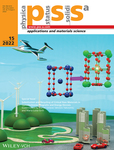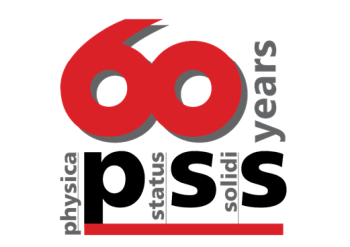Journal list menu
Export Citations
Download PDFs
Cover Picture
Magnetic Properties of Tetragonal SmFe12−xMox Alloys in Bulk and Melt-Spun Ribbons
- First Published: 04 August 2022
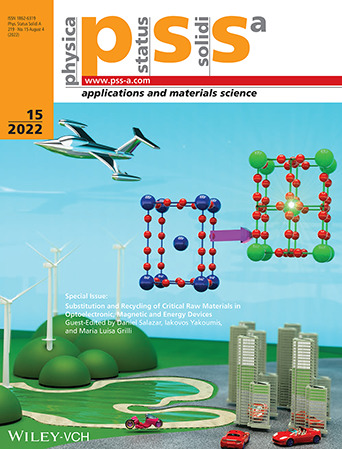
Critical Raw Materials
Total or partial substitution of critical raw materials, such as rare-earth elements in permanent magnets, drives the implementation of greener technologies for the development of electric generators and motors. Magnets play a key role in the performance of devices used in wind turbines, electronic mobility, aerospace technology, robotics and high-efficiency data storage. More information can be found in article number 2100725 by Daniel Salazar and co-workers.
Masthead
Guest Editorial
Substitution and Recycling of Critical Raw Materials in Optoelectronic, Magnetic and Energy Devices III
- First Published: 04 August 2022
Review
The Role of Critical Raw Materials for Novel Strategies in Sustainable Secondary Batteries
- First Published: 04 January 2022
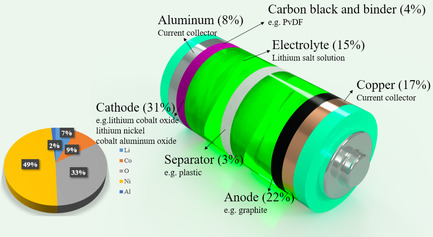
Energy storage is destined to play a central role to pave the way for a sustainable society. Within the current needs, future batteries should be designed to be safe, clean, and recyclable, and should have a reduced amount of critical raw materials and toxic materials. This review discusses current efforts and the technical challenges to obtain truly sustainable batteries.
Research Articles
Magnetic Properties of Tetragonal SmFe12−xMox Alloys in Bulk and Melt-Spun Ribbons
- First Published: 09 April 2022
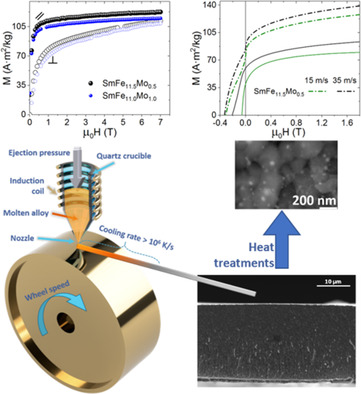
The effect of heat treatments on the coercivity and magnetic properties on melt-spun ribbons of SmFe12−xMox (x = 0.5, 1) alloys is studied. The maximum coercivity is obtained in ribbons as-spun at 35 m s−1. For the x = 0.5 ribbons, μ0Hc increases from 0.06 to 0.36 T and the highest value of saturation magnetization is obtained for the x = 0.5 ribbons (≈145 Am2 kg−1).
Optical and Structural Properties of Mn4+-Activated (ZnxMg1–x)2TiO4 Red Phosphors
- First Published: 16 September 2021
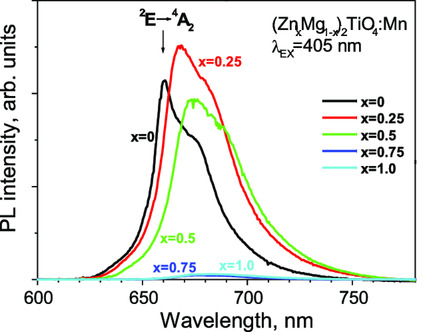
Metal oxides activated by Mn4+ ions have attracted attention as the low-price alternative to commercial red phosphors based on nitrides doped by rare-earth elements. The single-phase phosphor of (Zn,Mg)2TiO4, synthesized via solid-state reaction, can be obtained at relative low temperature. The (Zn0.25Mg0.75)2TiO4:Mn4+ red phosphors, obtained at 1100 °C, demonstrate PL intensity higher by 1.2–2 times than Mg2TiO4:Mn4+.
Conductive Luminescent Material Based on Polymer-Functionalized Graphene Composite
- First Published: 28 October 2021
Organic Heterostructures with Indium-Free Transparent Conductor Electrode for Optoelectronic Applications
- First Published: 22 November 2021
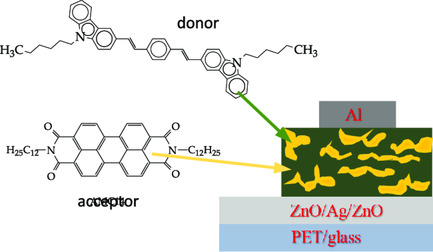
Organic heterostructures based on mixed active layer from arylenevinylene oligomer donor and perylene diimide derivative acceptor have been realized on triple-layer transparent conductor electrode of ZnO/Ag/ZnO. The match between the absorption and photoluminescence domain and I-V characteristics recommend these heterostructures for photodetection.
Influence of Nonmagnetic Dilution on the Magnetic Properties of La1−x Dy x Mn1−y Zn y O3 Perovskites at High Temperature
- First Published: 06 December 2021
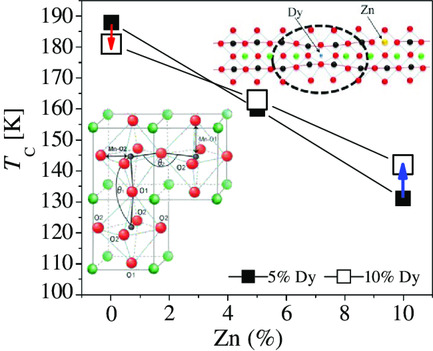
Doping of Dy3+ ions on the short-range magnetism of La1−x Dy x Mn y Zn1−y O3 manganites exhibits two competitive effects: Mn−O−Mn network distortion (Curie temperature decreases) and introduction of a random magnetic potential on Mn sublattice (Curie temperature increases). The predominance of one effect over the other is given by the lightly Zn-doped Mn−O−Mn network.
Application of Mechanochemically Treated Waste Materials for Water Remediation
- First Published: 07 December 2021
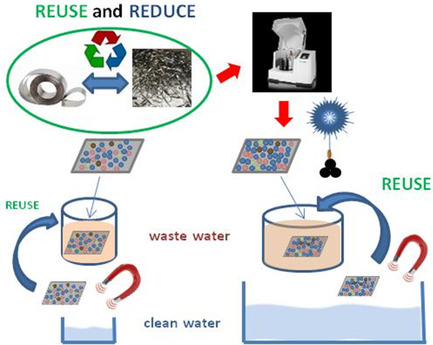
The investigation focuses on the possibility to reuse damaged amorphous alloys as sustainable, efficient and eco-friendly catalysts for wastewater remediation. Mechanochemistry is applied to improve catalytic behavior of materials. In dept physicochemical analysis follows material's structure changes after mechanochemical treatment and catalytic tests. The obtained results reveal the optimal processing conditions, beneficial for improvement of material water purification activity.
Design of Electromagnetic Shielding Textiles Based on Industrial-Grade Multiwalled Carbon Nanotubes and Graphene Nanoplatelets by Dip-Pad-Dry Process
- First Published: 29 November 2021

Electromagnetic interference (EMI) textile shields are produced based on knitted cotton textile substrates (Jersey and American Fleece) coated with industrial-grade multiwalled carbon nanotubes and graphene nanoplatelets over the frequency range of 5.85–18 GHz. An average SE of ≈35.6 dB is achieved, which corresponds to an excellent classification for general use applications.
The Role of Magnetic Interaction on the Thermoelectric Performance of ZrNiSn Half-Heusler Alloys
- First Published: 16 January 2022
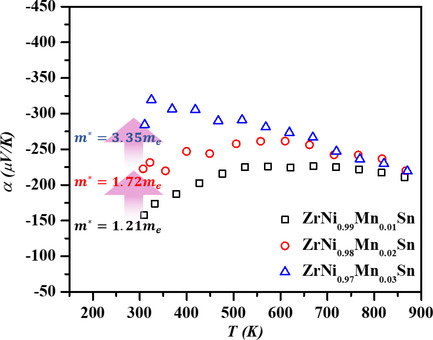
The effect of Mn doping on the thermoelectric properties of ZrNiSn half-Heusler alloy is explored. The Seebeck coefficient at room temperature with Mn doping is realized to be increased as a result of increased carrier effective mass, which might be due to the charge carrier–magnetic moment interaction.
Plasma-Modified Coal Fly Ash Zeolites with Enhanced Catalytic Efficiency toward the Total Oxidation of Volatile Organic Compounds as Low-Cost Substitutes for Platinum Group Metals Catalysts
- First Published: 22 January 2022

The article represents experimental researches in the context of circular economy based on the utilization of solid wastes from coal burning in systems for environmental protection. The investigations include the obtaining of hierarchical fly ash zeolites through plasma modification and their further utilization for total oxidation of volatile organic compounds.




